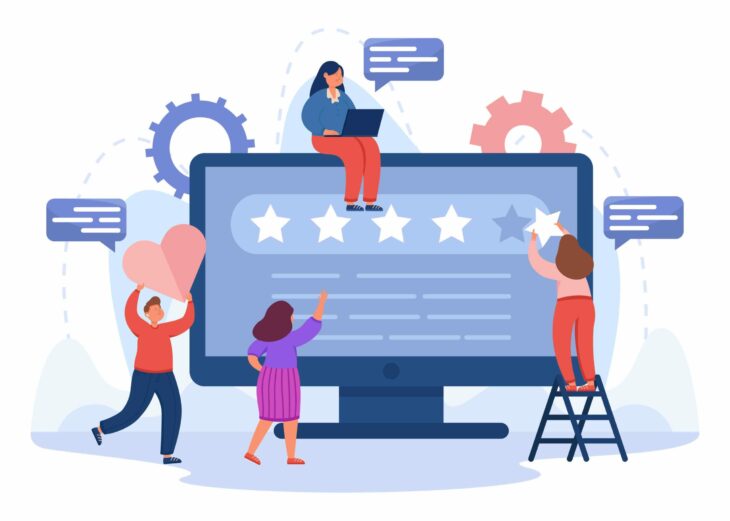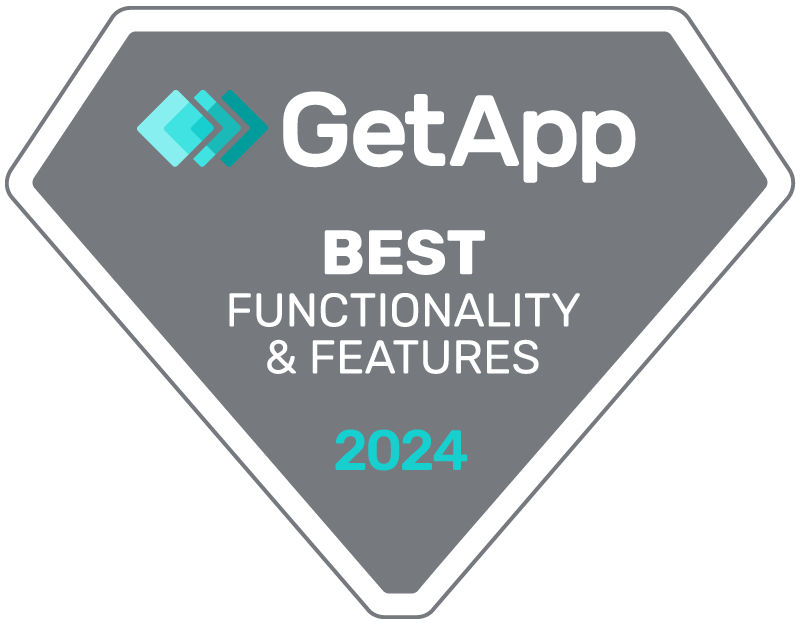Taking an Always-On Approach to Employee Engagement

Today, companies understand that the skills, experience and knowledge of their employees are central to success. Employee engagement is vital, and this means listening to them and acting the insight they provide. But at a time when markets are changing fast relying solely on old-style employee engagement tactics such as annual employee surveys will not provide the up to the minute insight that companies require.
To succeed in creating a positive feedback loop with employees businesses, therefore, need to improve their understanding of what makes their people tick in order to boost employee engagement, employee satisfaction, and employee retention. Listening more regularly also enables you to unlock new ideas and innovations – vital in fast-changing markets.
How can you achieve this? The key is adopting new ways of listening, collecting and acting on employee feedback. Companies need to adopt new types of employee engagement surveys such as:
- Always-on feedback, which allows employees to fill in online surveys and make suggestions at any time
- Employee communities which let staff raise topics and launch discussions with their peers and the wider organization
- Event-driven surveys that deliver employee insight into the impact of particular changes Surveys launched at key points within the employee lifecycle, such as after recruitment & entry, onboarding and exit.
Achieving benefits from these new employee engagement ideas does require organizations to change their culture. Instead of employee engagement surveys being a scheduled, one-off activity, collecting and acting on feedback becomes central to the organization. Employees can give feedback at any time, on any subject, meaning that management strategy and decisions will be under greater scrutiny than ever before. Understanding this is vital to a successful adoption of this new approach to employee engagement.
Try Questback 14 days for free.
Always-on feedback in action
Our own experiences here at Questback provide the perfect example of the changes involved in adopting new employee engagement models. We’ve created a positive feedback loop, transforming how we listen to staff by switching to always-on, continuous employee engagement. Employees can provide comments, give feedback and suggest ideas through a mobile-friendly software platform that is accessible 24×7. Employees can raise any subject, and everything is visible to the entire company. While this naked feedback did initially raise concerns amongst staff, understanding that their ideas and comments contributed to company improvements and growth has actually boosted employee morale and employee satisfaction.
The result? Over than 3,800 dialogues took place in the first six months of the system, an average of more than 12 per employee. 10-15% of these have resulted in immediate changes, with improvements felt in business growth, staff onboarding, new products, a modified go to market strategy, cultural change and better employee retention.
What lessons can other companies learn? We believe there are four key points to follow if continuous feedback is to drive increase employee involvement and business performance:

Discover what truly motivates your employees so you can skyrocket your productivity and profitability.
Learn more1. Integrate employee feedback
With lots more information being collected, in real-time, it would be easy to drown in employee feedback data. Therefore make sure you are integrating all your feedback sources to provide a comprehensive picture of employee engagement. This will allow you to make more informed decisions, spot trends, such as around employee retention, and act quickly to seize business opportunities.
2. Collect more qualitative data
Most annual employee engagement surveys are focused on quantitative data. However always-on surveys will dramatically increase the amount of qualitative feedback you receive. This requires more in-depth analysis so you have to be prepared to put in the time to understand and act on this.
3. Close the feedback loop quickly
When employees share their opinions and ideas, they see it as a dialogue with the organization. Therefore be prepared to respond quickly, answering their concerns and acting on their insight. This will require more resources, but the payback and benefits are potentially large.
4. Keep it simple
Moving from traditional employee engagement surveys to add new feedback channels can be confusing for staff. Make these new channels, such as always-on, easy to use and let them access them from whatever device they feel most comfortable with, whether that is PC, phone or tablet.
Changing how you approach employee engagement and opening up new, always-on feedback channels means adopting new ways of listening to feedback and becoming a more open, transparent organization. The benefits are enormous – employee satisfaction, retention and motivation rise, new ideas and innovation are shared and employees feel more appreciated and part of the company.
About the Author

Luke Talbot | Director of Product Marketing
Luke joined Questback in 2014 and is now responsible for enterprise products and solutions globally. His role is focused on connecting Questback’s products and capabilities with the needs of the market and customers as well as establishing the vision that will keep the company ahead of the competition. Luke has over 14 years experience in software and solutions, including working for Azzurri Communications and Callmedia.









